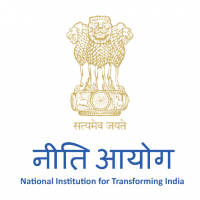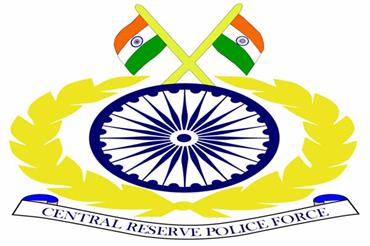The Prime Minister’s Office is taking a long, hard look at the role of appellate tribunals that hear pleas against orders by the capital market regulator and competition watchdog, said people with knowledge of the matter. PMO has asked trade bodies to collect feedback from leading lawyers and market participants on whether these tribunals are really required as appeals to the high court are admitted in such cases.
It has also sought suggestions on how to make Sebi and Competition Commission more effective.
Currently, all petitions against Sebi’s orders go to the Securities Appellate Tribunal (SAT) and those by Competition Commission to the Competition Appellate Tribunal (Compat).
Appeals against these tribunals are made at the Supreme Court. However, appellants can pursue petitions at the high courts, which have the power to issue writs if the aggrieved parties can demonstrate that moving the tribunal won’t be effective.
The reasons behind PMO seeking feedback on the role of appellate tribunals and on the effectiveness of regulators could not be ascertained.
PMO has sought the opinion of members of the Federation of Indian Chambers of Commerce & Industry (FICCI), said a spokesperson for the industry lobby but declined to provide details.
ET has reviewed the letter from FICCI to industry participants seeking feedback on the queries from PMO on the functioning of tribunals and the effectiveness of regulators. The letter was sent in the second half of June and recipients were asked to reply by June 29.
Lawyers and consultants who have also received the queries are also not clear about the purpose of the exercise.
They feel, however, that it could be part of the government’s push to improve the ease of doing business in India.
The government is keen on ironing out issues related to disputes over securities and competition law to encourage foreign investments.
‘APPELLATE TRIBUNALS NEEDED’
Lawyers said appellate tribunals are needed for the development of the financial markets.
“The existing tribunal framework has acquired the knowledge and experience in dealing with disputes arising out of respective laws whereas the civil courts deal with all forms of disputes. This will have to be weighed,” said Mukesh Butani, managing partner, BMR Legal.
SAT, a quasi-judicial body set up in 1995, also hears appeals against the Insurance Regulatory & Development Authority and the Pension Fund Regulatory & Development Authority. Compat was formed in 2009 to hear appeals against CCI.
“Continuing to have specialised tribunals like SAT and Compat will be important for growth and development of securities market as well as competition sector,” said Sumit Agrawal, partner, Suvan Law Advisors, a law firm specialising in regulatory matters.
“High courts can continue to deal with constitutional issues only.” Some experts also pointed out that India’s judicial system is already overloaded with a backlog of cases.
There are more than 40 tribunals across the country that hear appeals against various regulators.
They were set up to ease the burden on high courts and help in the speedy disposal of cases.
While some are defunct, a good number of them has been successful, said lawyers.
“If the proposal is to replace the various tribunals with the high court, it could either mean elimination of tribunals altogether or (making) the tribunals part of the high court infrastructure,” said BMR’s Butani.
“This will require amendments to the respective Acts.”
Lawyers and consultants said regulators such as Sebi are effective enough.
“Sebi already has a lot of powers. There is no need to bring in new rules to make it more effective. All it (Sebi) needs to do is to put its existing powers to good use,” said a securities lawyer who did not wish to be identified.














